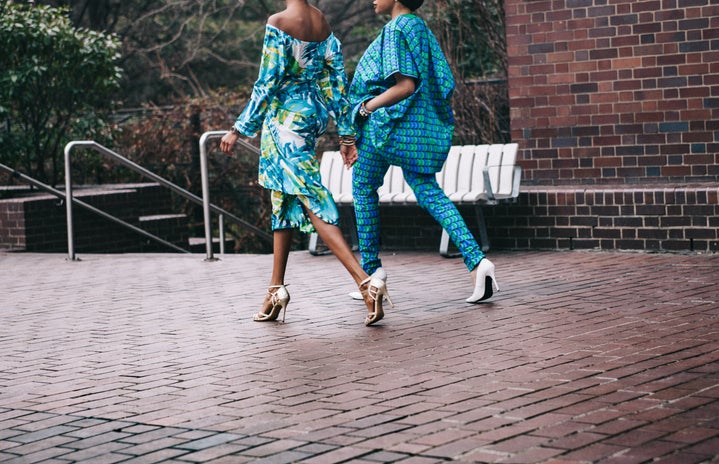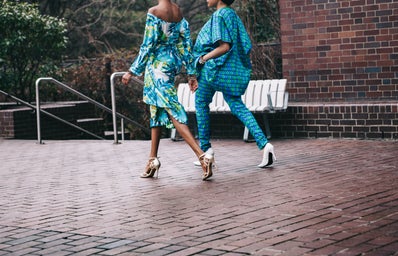With Her Campus’ focus on sustainability and the environment this week I will be tackling the long-debated issue of faux fur vs real fur. The trend for fur has been growing in popularity over the past few years with fluffy keyrings, fur trimmed hooded jackets and even full on leopard print fur winter coats rife in high street as well as designer stores. The trend has been taken on by high street giants such as Zara who consistently stock black cropped faux fur jackets in one form or another. At the high end of fashion, the Autumn/Winter 2018 runways were chock full of fur coats and jackets (faux and real) such as Stella McCartney’s (defnitely faux fur) collection.
Recently many fashion brands have gone fur free, such as Gucci, Versace and most recently Burberry. Why? Because of animal rights. However, some high-end fashion houses do continue in the tradition of using real fur in their garments such as Dior and Louis Vuitton who use furs such as mink and fox. While faux fur is arguably the more ethical fashion choice as it stops the unnecessary killing of animals for human’s adornment and superficial use the debate exists as to which, faux or real, is the more sustainable and environmentally friendly choice?
The two teams in this debate are Pro-Fur and Anti-Fur (or Pro-Faux Fur) and it would seem that the fashion industry is still widely split. Pro-Fur supporters would argue that the production and farming of real fur helps the industry and local economies of many rural communities, with fur pelts being largely by-products of the meat industry and so by using the whole of the animal is avoiding waste. As well as these reasons is the situation that often animals such as foxes and coyotes are overpopulated and considered “pests” and they’re trapping and the use of their fur allows the upholding of certain ecosystems and their balance.
Other arguments that Pro-Fur supporters offer concern the unsustainability of faux fur products which are largely made from synthetic non-biodegradable materials such as nylon and polyester which contain plastic. These materials are harmful to the environment as they on average take hundreds of years to biodegrade if ever!
These plastic containing materials that faux fur is made from can also be harmful to the environment when washed in a washing machine as they release microfibres, tiny plastic particles shed by synthetic fabrics in the wash, which unfiltered can end up in large bodies of water or human water supplies resulting in their ingestion by aquatic animals as well as humans. A study by Orb Media found that more than 80% of the samples of tap water taken from countries across 5 different continents showed traces of plastic fibres.
However, the Anti-Fur groups would argue that the farming and production of real mink fur is far more harmful to the environment due to manure runoff into nearby water supplies and the increase in CO2 emissions it occasions, as well as being unethical.
An alternative option to buying new either real or faux fur garments is to shop vintage which is always a sustainable way to shop as it quells the flow of and need for fast fashion. This would however, mean buying a real fur coat as these are usually the coats that last longer and endure more over time which some Anti-Fur supporters would argue that, by buying and wearing real fur, they promote it and therefore promote more production of real fur.
It would seem then that the most ethical and sustainable choice when it comes to fur is to avoid it altogether, be it real or faux. When fashion brands announce they are going fur free it does not always mean that they are replacing the one product for another, so real fur with faux fur. Instead they could be looking creatively for a completely alternative way to connote luxury and glamour removed from the realm of fur altogether, which is something I would recommend we as consumers should all do.



